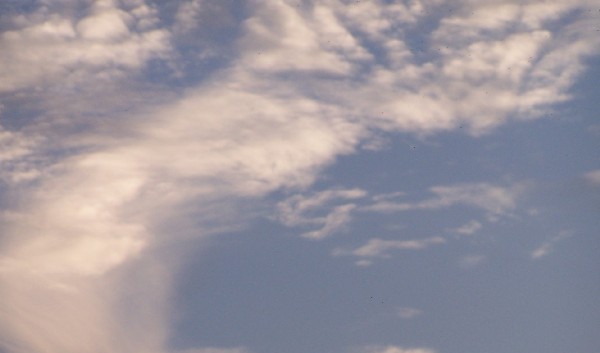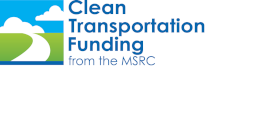 Ever since the MSRC was created by the California Legislature in 1990, it’s always been the “little agency that could,” with a small staff and committed members working to grow the reach and the influence of the agency. Today, 25 years later, the MSRC has invested more than $350 million in Clean Transportation Funding to implement hundreds of clean air projects benefitting the millions of residents who live and work throughout the South Coast region.
Ever since the MSRC was created by the California Legislature in 1990, it’s always been the “little agency that could,” with a small staff and committed members working to grow the reach and the influence of the agency. Today, 25 years later, the MSRC has invested more than $350 million in Clean Transportation Funding to implement hundreds of clean air projects benefitting the millions of residents who live and work throughout the South Coast region.
But it hasn’t done the job alone. The MSRC has formed innovative partnerships with dozens of agencies at the state, regional and local levels to effectively leverage its funding with other significant clean transportation resources. This smart investment and grant strategy has ensured the MSRC could create more significant pollution reductions from clean transportation funding that has also has helped to deliver significantly cleaner air for the Southern California region.
For example, in 2006, the MSRC partnered with the California Air Resources Board and the South Coast Air Quality Management District (SCAQMD) on the Showcase Program to demonstrate retrofit technology to help clean up dirty diesel construction equipment. Together these agencies pooled their resources to provide $4.8 million to 16 manufacturers to demonstrate 29 different types of diesel emission control devices on the equipment of 18 fleets.
Another long-standing partnership is with the California Energy Commission (CEC). The MSRC and CEC have partnered over the years on several projects, including in the late 1990s on the Electric Vehicle Infrastructure Assistance Program. With the help of $250,000 from the MSRC, the CEC was able to offer $750 to fleet operators and consumers through EV automakers for each EV leased or purchased in the SCAQMD.
 Today, hundreds of millions of dollars for clean transportation projects are available through the California Climate Investments (CCI) program funded by the Greenhouse Gas Reduction Fund (GGRF) using proceeds from the state’s cap and trade auction revenue. This money is to be designated for projects that reduce GHG emissions in order to reduce emissions to 1990 levels by 2020, meeting the goal of AB 32 (2006). Already more than $446 million has been awarded in CCI funding to date by agencies throughout California for clean transportation, energy efficiency, and natural resource conservation projects.
Today, hundreds of millions of dollars for clean transportation projects are available through the California Climate Investments (CCI) program funded by the Greenhouse Gas Reduction Fund (GGRF) using proceeds from the state’s cap and trade auction revenue. This money is to be designated for projects that reduce GHG emissions in order to reduce emissions to 1990 levels by 2020, meeting the goal of AB 32 (2006). Already more than $446 million has been awarded in CCI funding to date by agencies throughout California for clean transportation, energy efficiency, and natural resource conservation projects.
CCI funds present an opportunity for the MSRC and its project partners to leverage the MSRC’s funding with the state’s CCI on projects that both help improve air quality and derive climate benefits. Other air quality agencies around the state are already trying to getting into the act by supporting SB 513 (Frazier) that would allow Carl Moyer Program funds to be leveraged with GGRF money. The Moyer program funds cleaner-than-required vehicles, engines and equipment. The bill is awaiting the Governor’s signature.
The MSRC already is finding ways to grow its partnerships on projects using CCI funds. Recently, the MSRC has partnered with the SCAQMD on the Enhanced Fleet Modernization Program, which is funded by money from the MSRC, SCAQMD, CCI funds, and the AB 118 Enhanced Fleet Modernization Program. Known as the “Replace Your Ride” Program, low- and moderate-income residents are able to purchase newer and cleaner vehicles with incentives between $2,500 and $9,500. People who decide instead to scrap their vehicle may be eligible for $2,500 to $4,500 in public transit passes or car sharing vouchers depending on income level. It is estimated that this program will help scrap and replace approximately 992 vehicles, at the lowest voucher value, and about 550 vehicles at the highest voucher value.
The MSRC will continue to look for opportunities like the Replace Your Ride Program to leverage its funding with other resources, such as the CCI, to expand the pool of resources to invest in bigger and better clean air projects throughout the Southland.
